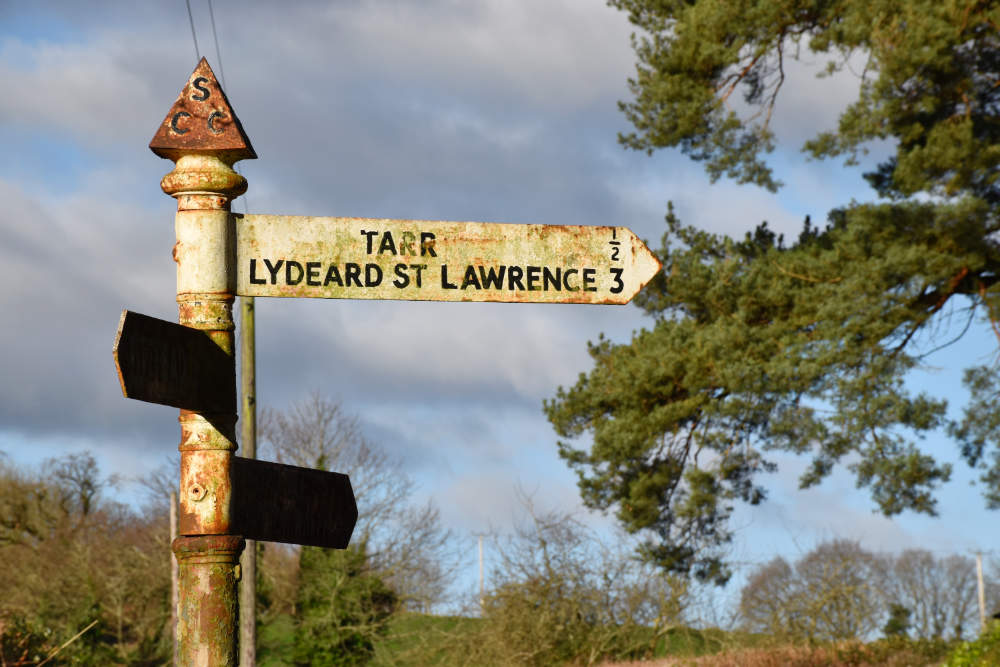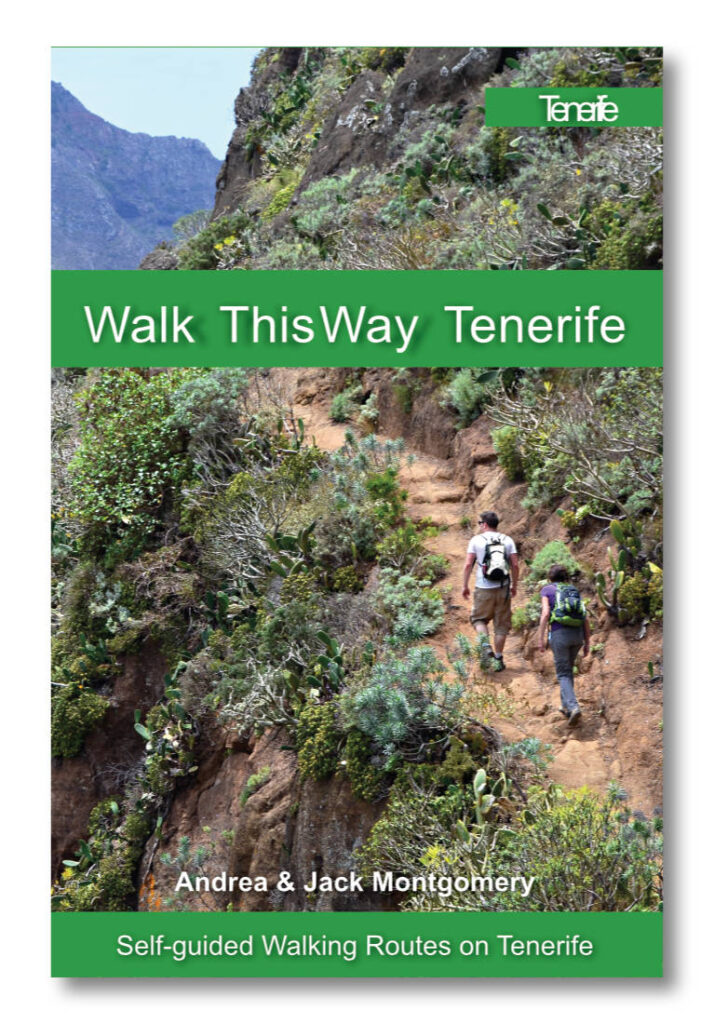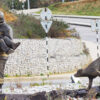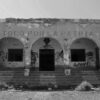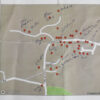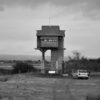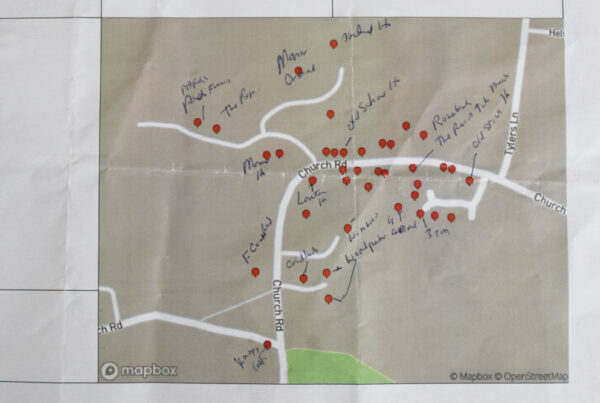The campsite where we pitched our tent in Cornwall was near a small village whose name misled me the first time we drove through the place. It was called High Street. Ironically, High Street doesn’t actually have a High Street. This is presumably because it was once the parish’s main thoroughfare. I don’t know this for a fact. What I do know is High Street was the transport hub of the parish of St Stephen-in-Brannel and was a tinners (tin smiths and tin miners) village.
Each time we drove through High Street, I had a vision of a perplexed postal worker staring at a letter addressed to someone who lived there, muttering to a colleague that some daft bugger had forgotten to add the name of the town to the address.
One day, we visited Lostwithiel, whose name comes from the old Cornish word Lostgwydeyel, which, rather poetically, means ‘the place at the tail of the forest.’ By contrast, a village we passed on the way back to the campsite had no romantic connotations – London Apprentice. One theory is its name came about because apprentices learnt their trade there. A more plausible story involves a sailor with no skills who was refused work in nearby Pentewan. He travelled to London, learnt a craft, and returned to the area where he set up a blacksmith’s business. Even the most ordinary sounding name can add colour and context to a location.
I come from Bute. Nobody is 100% sure of the origins of the name. Some say it is from the old Irish word bót (fire), a reference to beacons used as signals. Others link it to St Brendan, who may or may not have visited the island during his legendary voyage. It’s a tenuous link, based on both being a name used for a monk’s cell. Whatever the truth, people who hail from Bute are known as Brandanes.
The other day, we were at the Taunton Flower Festival, sauntering behind people who, as Andy put it, seemed to have their ‘batteries’ removed at regular intervals. Every so often, some would just stop, like little robots that had been switched off. For some reason, this had me pondering what people from Taunton were called (at that particular point, I would have suggested ‘ditherers’). Tauntonians is the rather obvious answer. Maybe it’s not so obvious. Andy is from Stockport but isn’t a Stockportian, she’s a Stopfordian. Despite having port in its name, Stockport isn’t a port. The ‘stoc’ bit is Old English for hamlet, while ‘port’ denoted a market. And it does still have a fab market. Back to Taunton, whose name originally meant a farm or estate (tun) on the River Tone.
Fitzhead, where we live, takes its name from its agricultural surroundings. Head derives from the Anglo-Saxon word fifhyde, meaning five hides, an area of land consisting of between 500 and 600 acres. Fitz was the Norman term for ‘son of.’
Which brings me to a Somerset village whose name conjures up, if you’re Scottish, a quite unpleasant image. I clocked it on the way to Avalon Marshes – the legendary Isle of Apples where Excalibur was forged. It’s a village called Bawdrip. What a great name. I can imagine someone from Somerset (oddly, there’s no official name for folk from Somerset) walking into a pub in Scotland, announcing they’re from Bawdrip, and wondering why everyone in the place is in hysterics. Disappointingly, its origins are mundane – evolving from Baggetroppe, ‘Bagge’ thought to be a Viking name while ‘treppe’ was an Anglo-Saxon word for village.
One of the great things about meandering around Britain is every place name tells a story.
